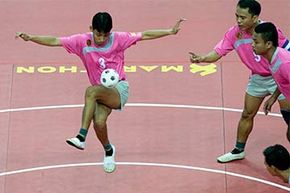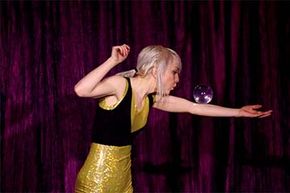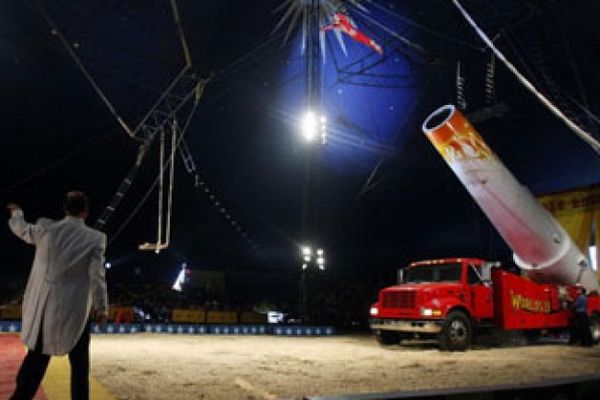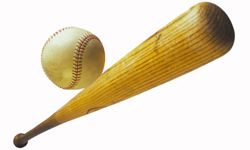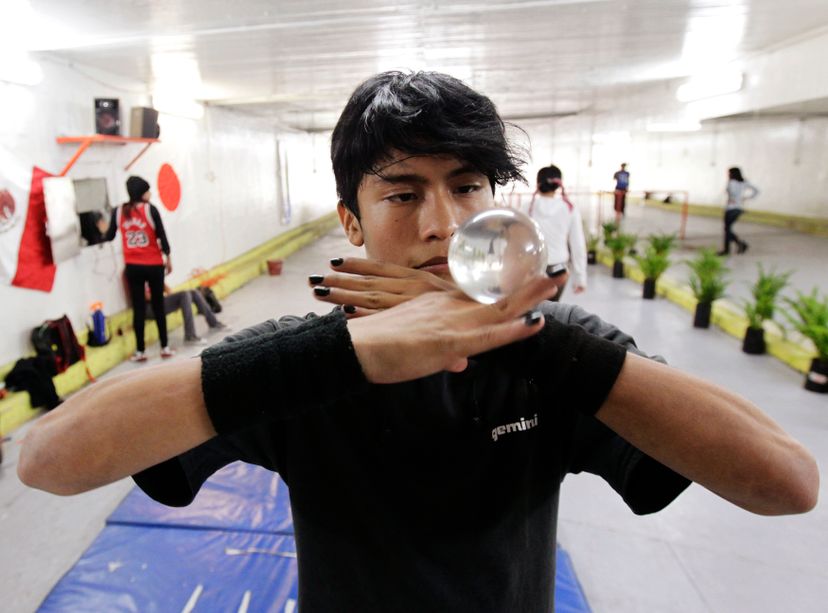
He stands before the audience, a clear orb gently held in his fingers. His hand begins to twist, turn and curve with an amazing fluidity. The ball appears to be magically suspended in space, separate from his hand and yet somehow part of it. Then the sphere is rolling along his arm, down the back of his hand and onto his other arm in one seamless movement. The performance is mesmerizing. The audience watches wide-eyed. Transfixed.
What's going on? Contact juggling. Unlike traditional juggling, in which the juggler tosses balls and other objects into the air, contact juggling involves manipulating one or more balls over the hands and body, all with smooth, fluid motions. This entertainment and art form — also known as dynamic manipulation, sphereplay, orb rolling and spherical balancing — is based on ancient ball-handling practices from the Orient. But while its roots stretch back thousands of years, the ball manipulation practiced today more directly traces its origins to the 1970s and 1980s. Back then, Michael Moschen, a renowned performance artist and juggler, came up with the fundamental ideas and moves behind the contact juggling seen today [source: Ministry of Manipulation].
Advertisement
Can't quite picture what this is? Think of the Harlem Globetrotters and the myriad ways in which they almost magically manipulate basketballs on their hands and bodies, spinning them on their fingertips, rolling them along their arms and on the backs of their necks. These moves are all a form of contact juggling. You can even say spinning a pen in your fingers — something many of us have done — is a type of contact juggling.
For many people, their first encounter with contact juggling (not counting seeing the Harlem Globetrotters in action or fiddling with a pen) came when they viewed a movie called "Labyrinth." This 1986 adventure-fantasy film starred David Bowie, who performed a variety of contact juggling tricks. Or appeared to — it was actually Moschen doing all of the tricks. Other people have spotted it in circus performances and similar venues. Intrigued? Let's delve a little more deeply into the topic [source: Juggling World].
Advertisement
